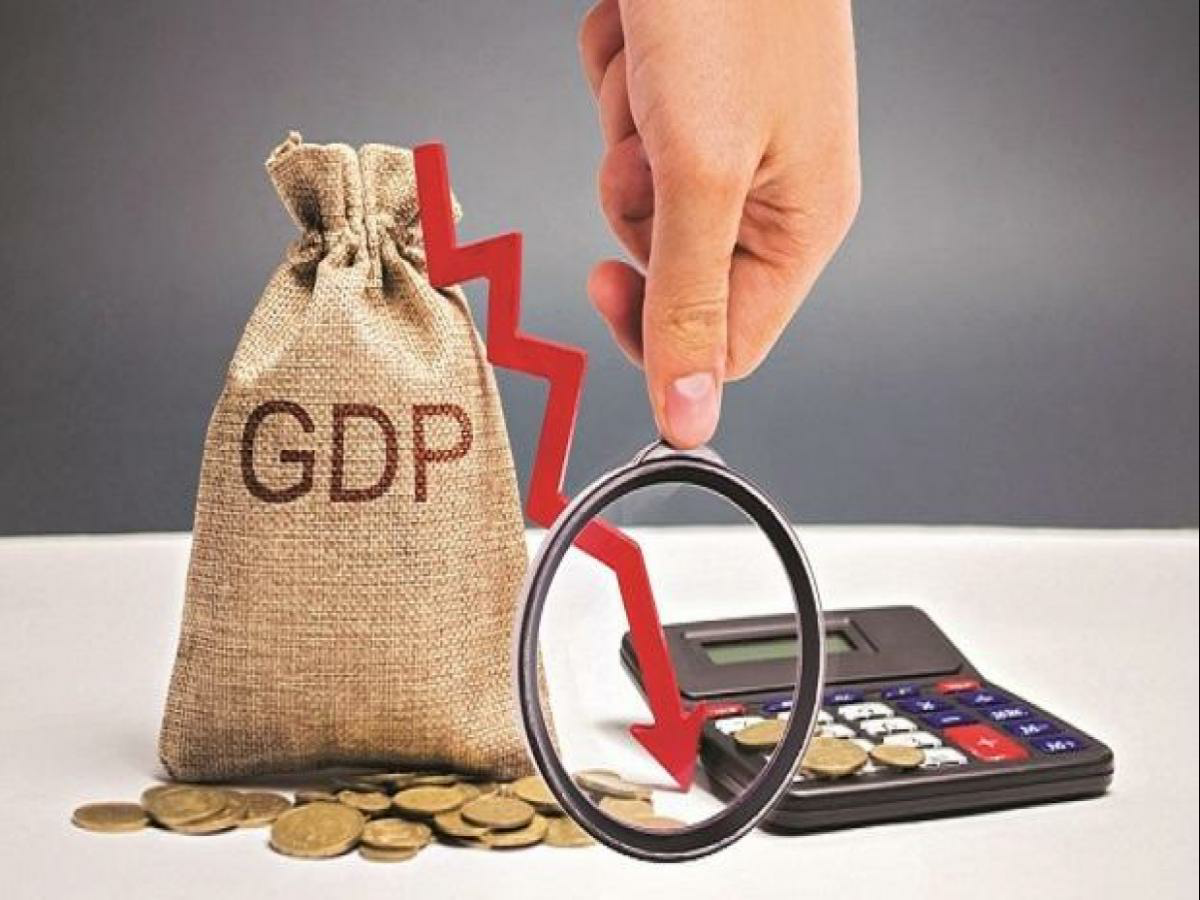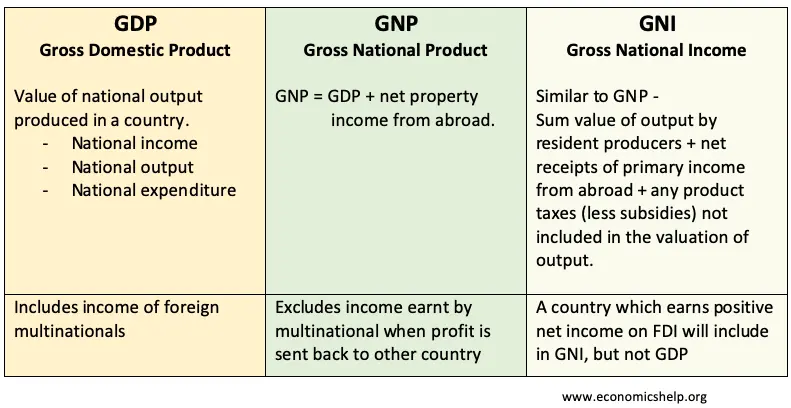




Figure 3: No Copyright Infringement Intended
|
Extra information- Gross domestic product: ● This is the monetary value of all manufactured goods and services produced in the country during a particular period. ● It provides an economic snapshot of a country used to estimate the size of an economy and its growth rate. ● It can be calculated in three ways using spending, output, or income, and can be adjusted around inflation and population size to gain deeper insights.
Gross Value Added: ● It is the value of production minus intermediate consumption and is a measure of the contribution of an individual manufacturer, branch, or sector to growth. ● It gives a rupee value for the number of goods and services produced in the economy, after deducting the costs of the inputs and raw materials used to produce those goods and services. |











© 2025 iasgyan. All right reserved